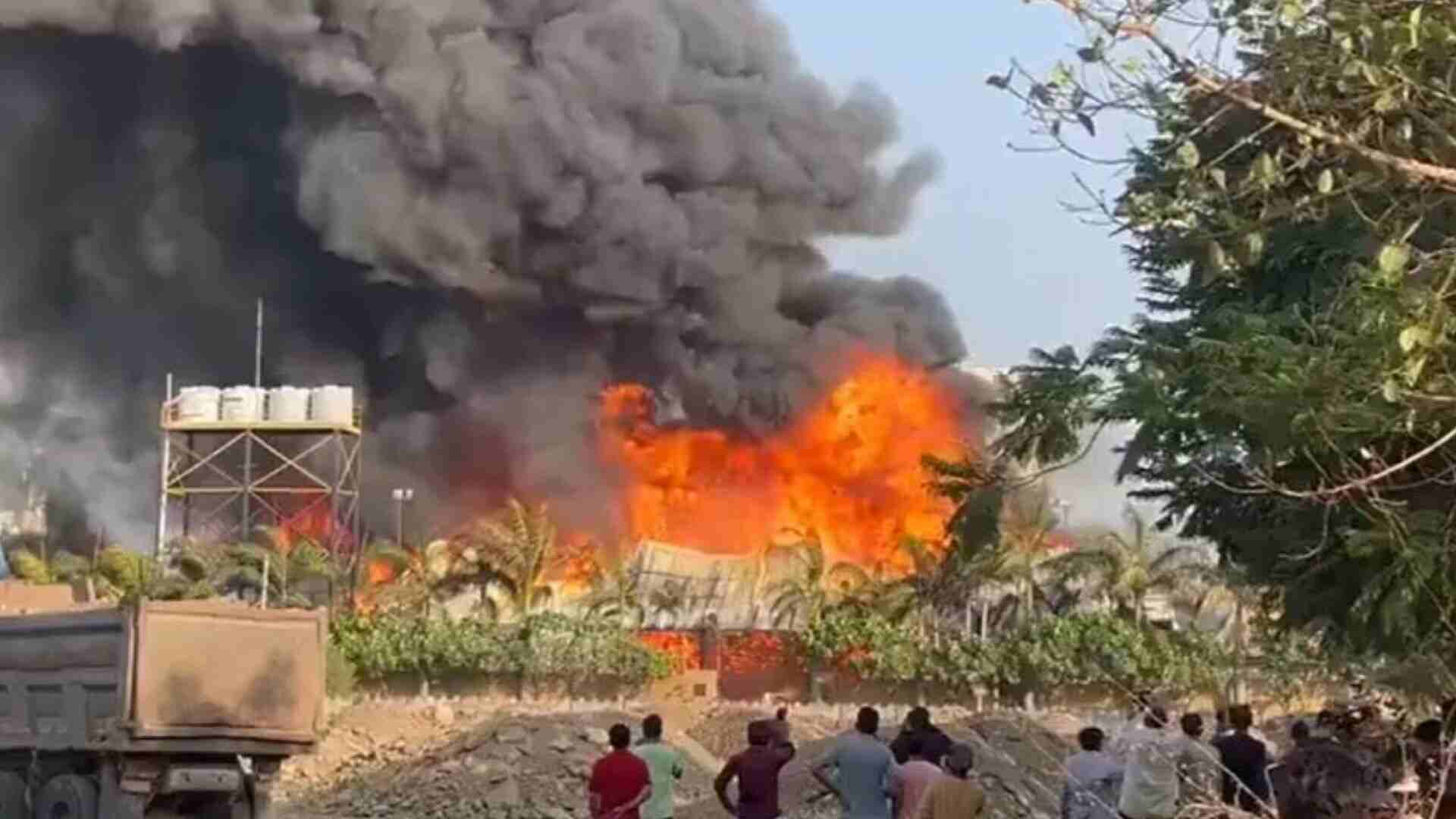Recent fire tragedies at a Delhi’s children hospital and a gaming zone in Rajkot, claiming a total of at least 40 lives, have ignited discussions on the imperative for more rigorous enforcement of safety regulations nationwide.
In East Delhi, where the hospital fire resulted in the tragic loss of seven newborns, concerns have been raised about the alleged trading of oxygen cylinders on the premises. While the cause of the fire remains unconfirmed, reports have surfaced regarding complaints about the “illegal refilling of cylinders” on the first floor, as documented by Hindustan Times.
Meanwhile, in Rajkot, the blaze at the gaming zone was attributed to an electrical short-circuit. The indoor gaming facility, housed in a steel-fabricated shed spanning three storeys and measuring 50 meters wide by 60 meters long, was engulfed in a devastating inferno.
India’s fire safety norms, outlined in the National Building Code (NBC) published by the Bureau of Indian Standards (BIS), lay down guidelines for construction requirements, maintenance practices, and fire safety measures for all types of buildings. Additionally, fire services in India fall under the jurisdiction of state governments, with responsibilities delineated in the State Fire Services Act and building bylaws.
The Ministry of Housing and Urban Affairs issues the ‘Model Building Bye Laws 2016,’ offering a framework for states and Union Territories to formulate their own building bylaws concerning fire protection and safety.
Furthermore, the National Disaster Management Authority (NDMA) mandates specific fire safety requirements for public buildings such as hospitals, encompassing provisions for open safety spaces, adequate exit mechanisms, dedicated staircases, and regular evacuation drills.
Despite these regulations, a study by the National Institute of Disaster Management (NIDM) underscores persistent challenges, citing “lack of planning and poor implementation” as key contributors to escalating fire risks. Informal settlements and urban slums, often excluded from building bylaws and planning regulations, pose significant fire safety concerns due to overcrowding and inadequate infrastructure.
As the nation mourns the lives lost in these fire tragedies incidents, there is mounting pressure for stringent enforcement of existing safety norms to forestall similar disasters in the future.









